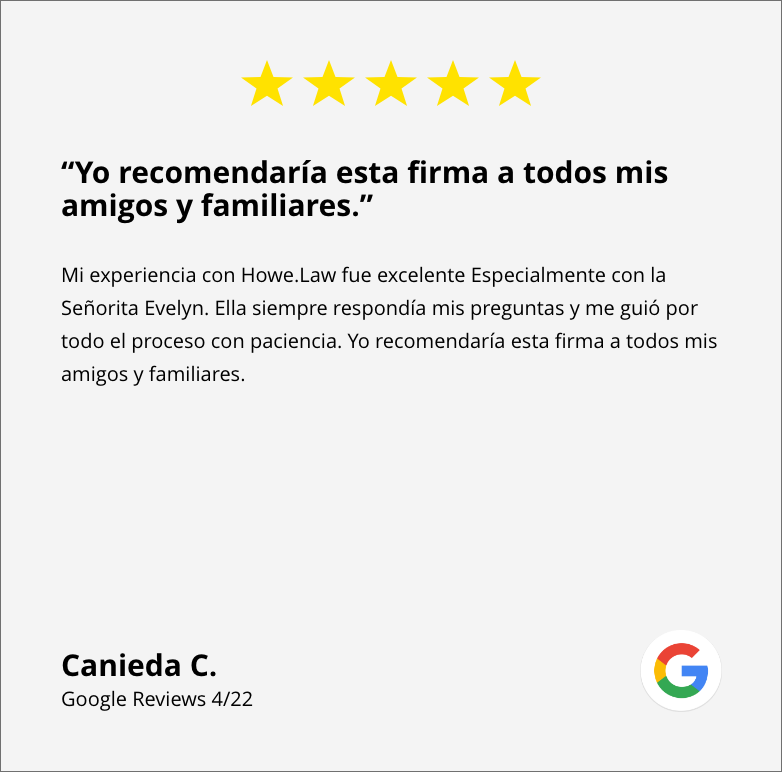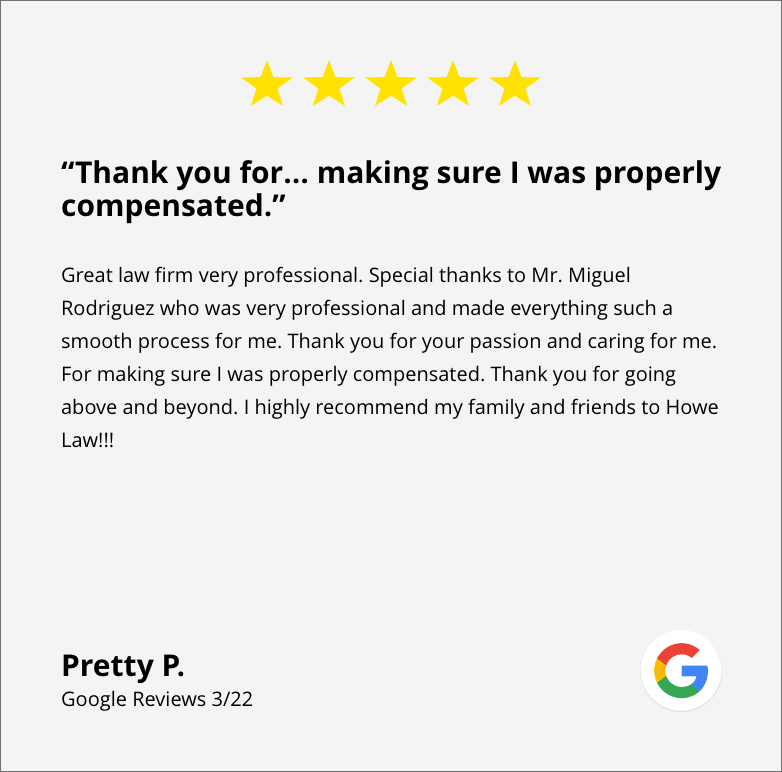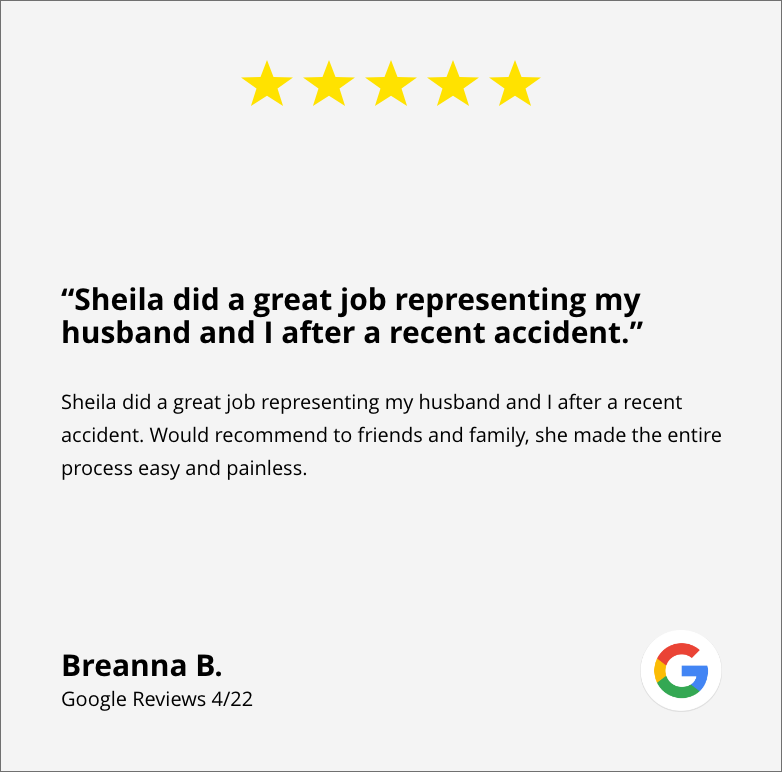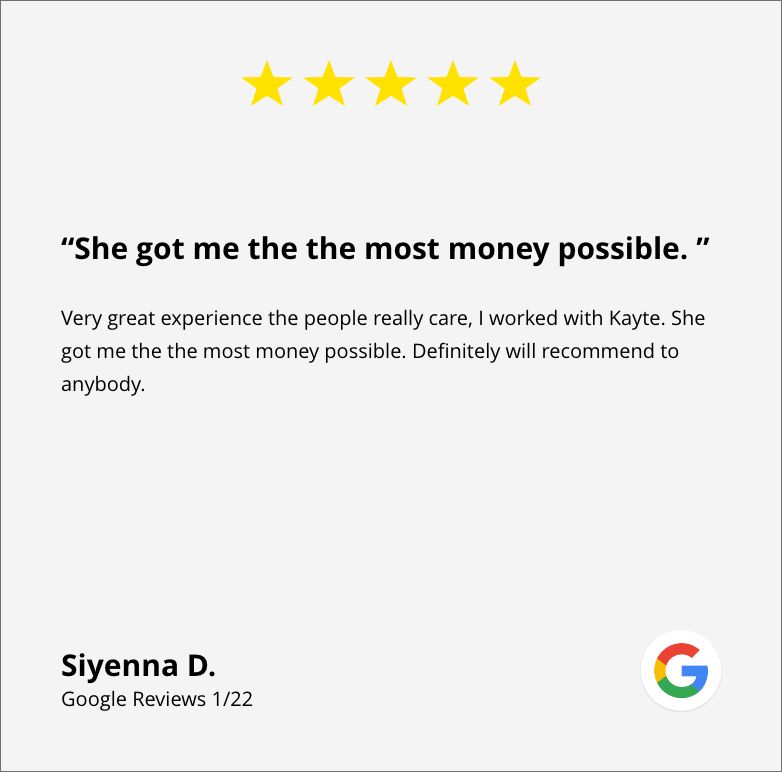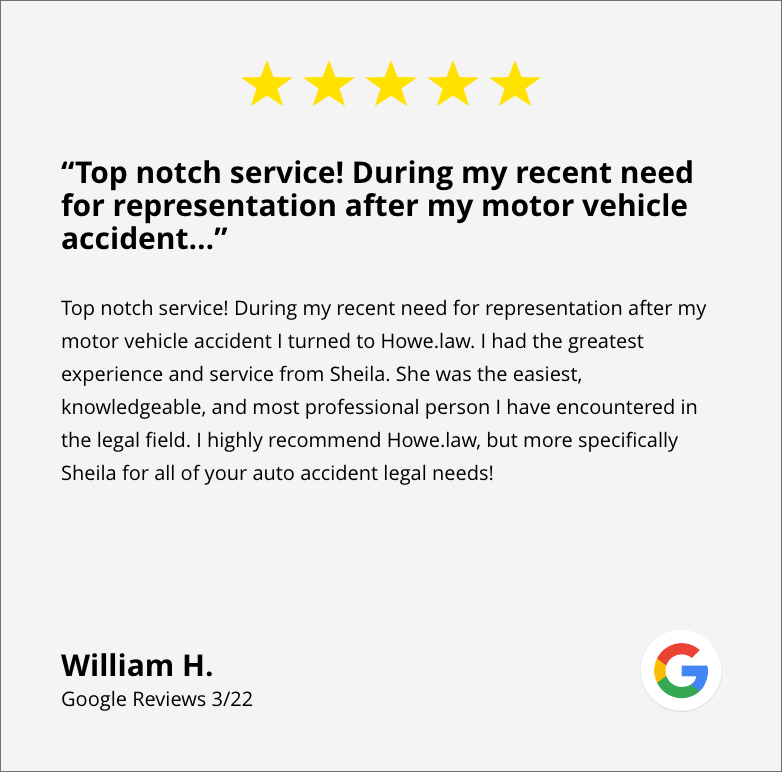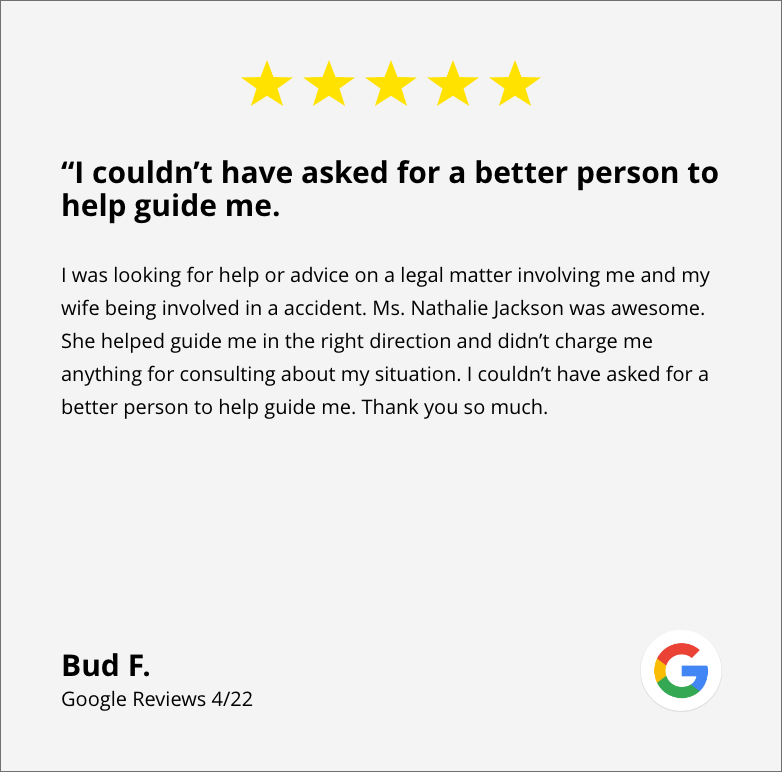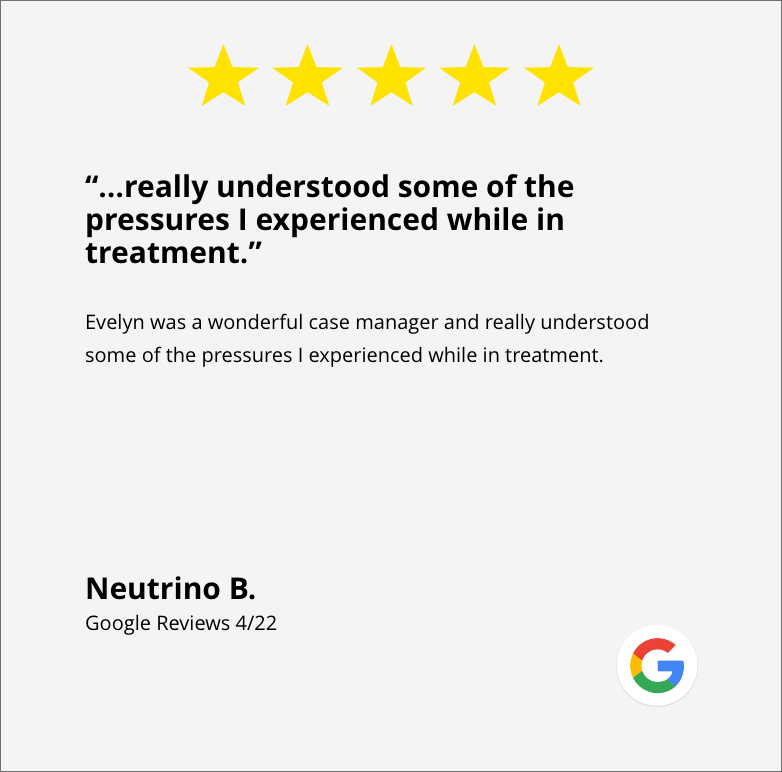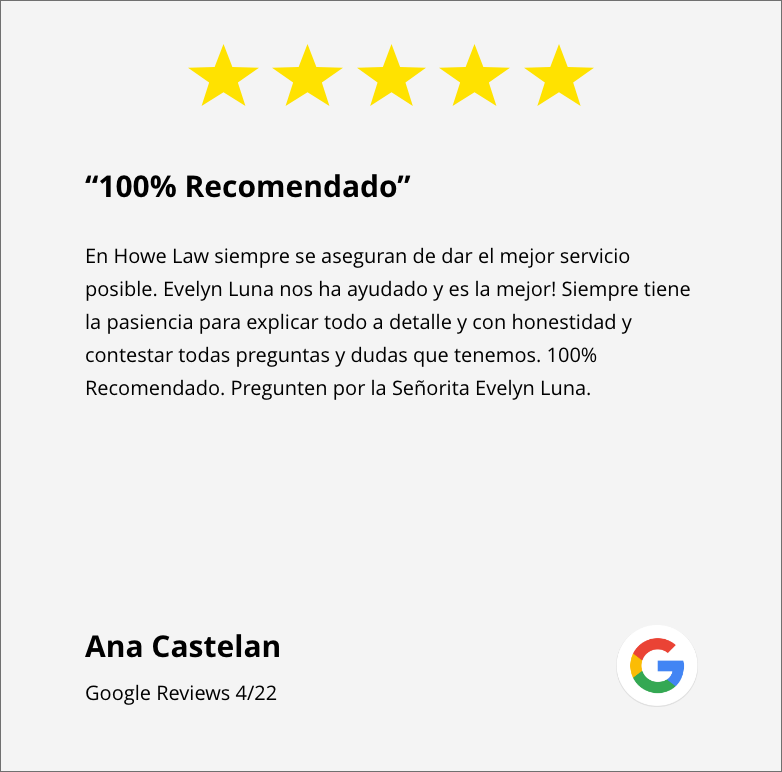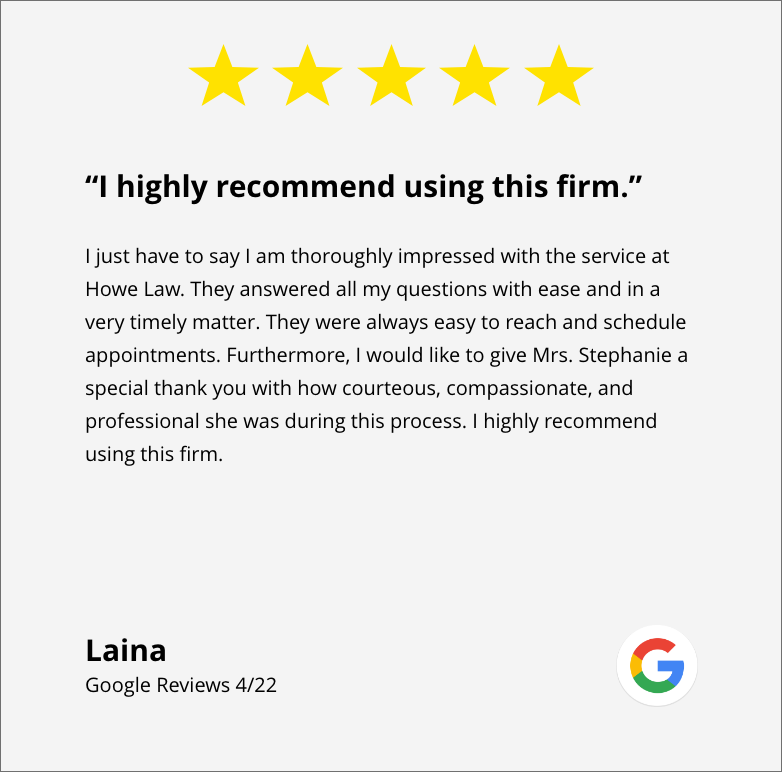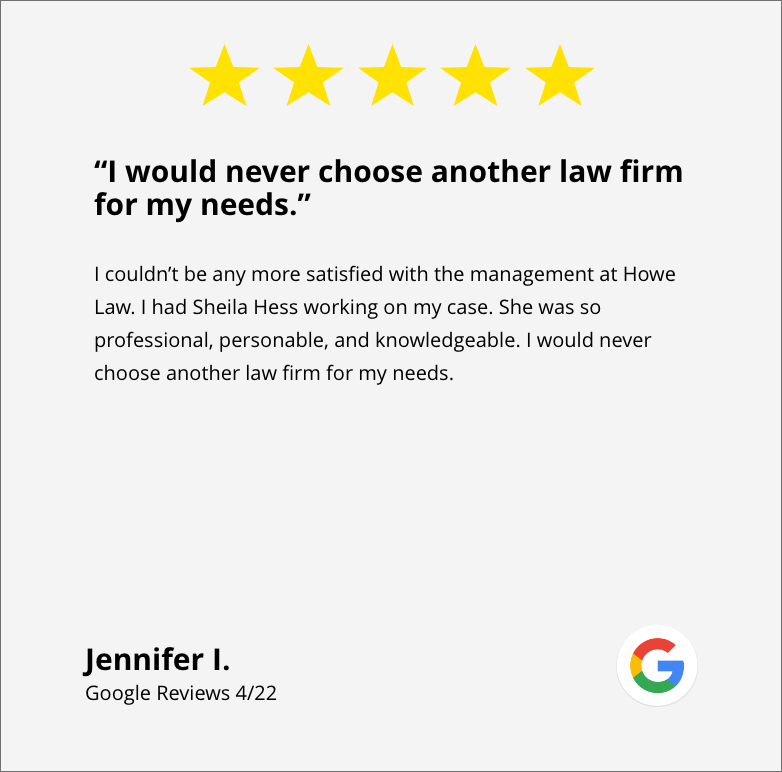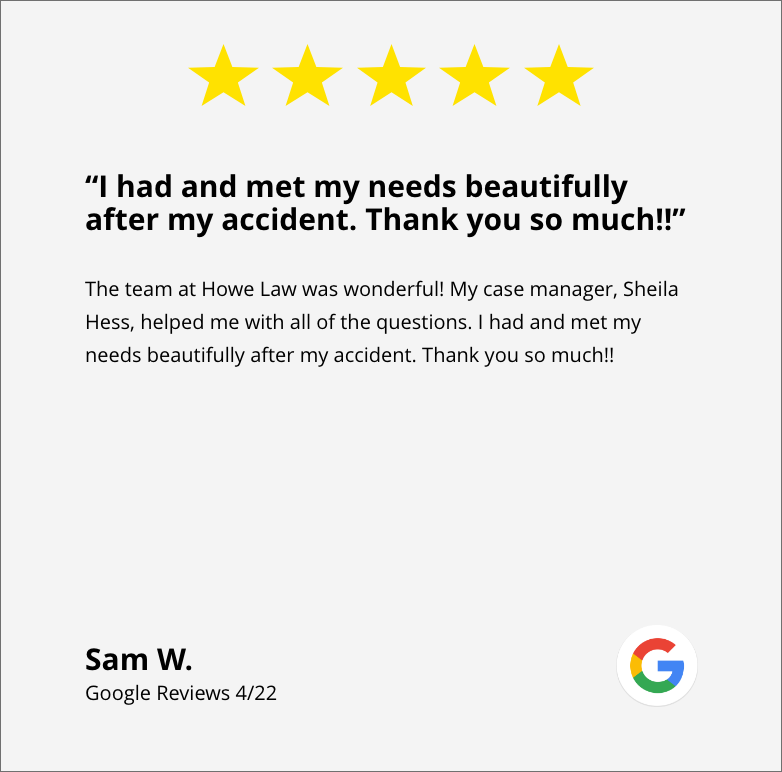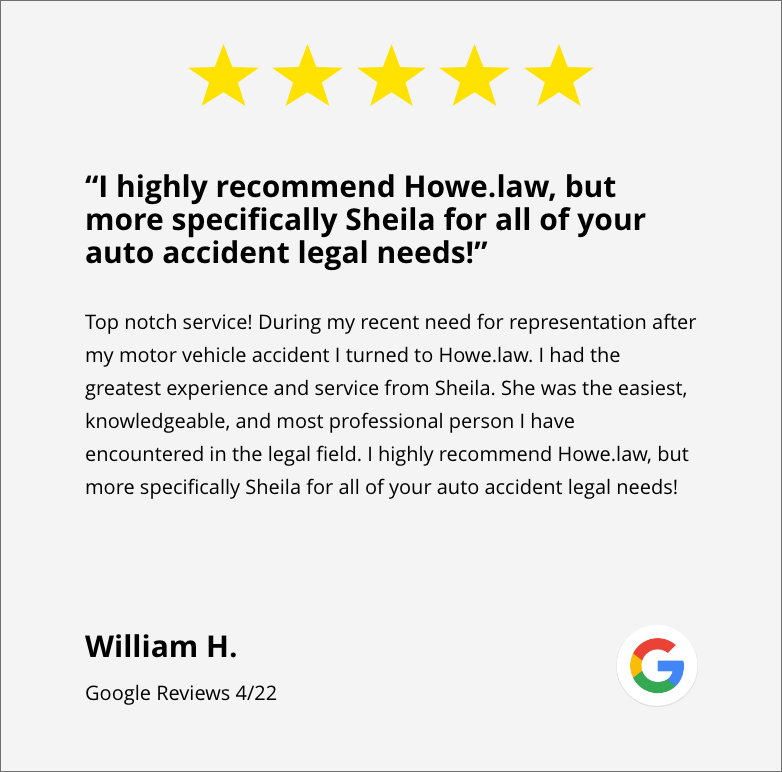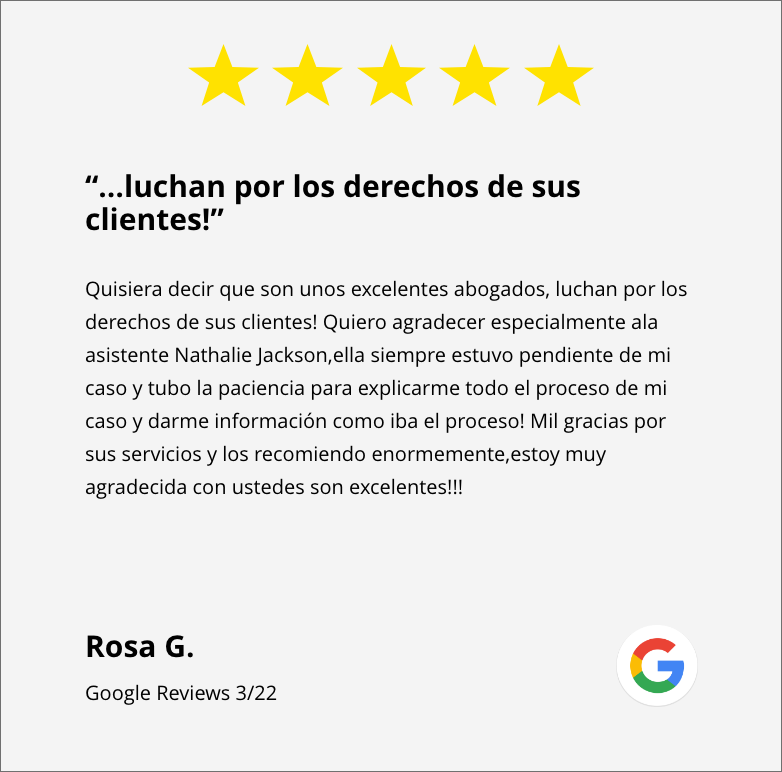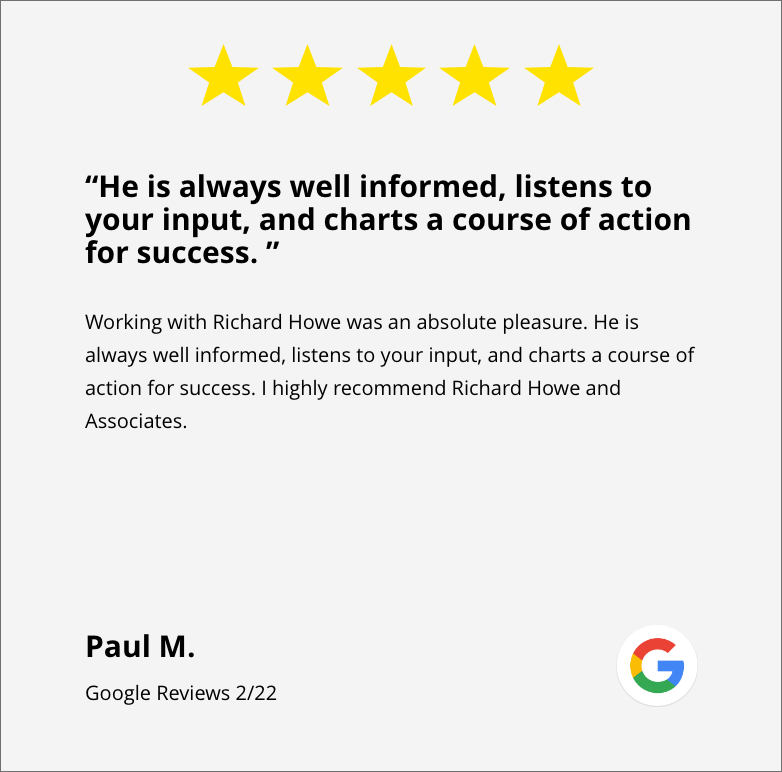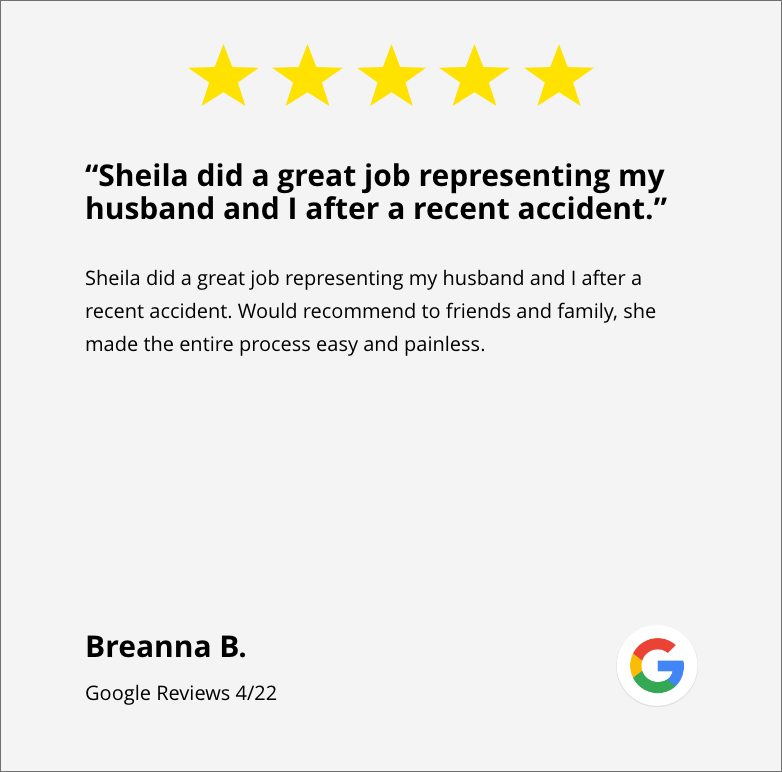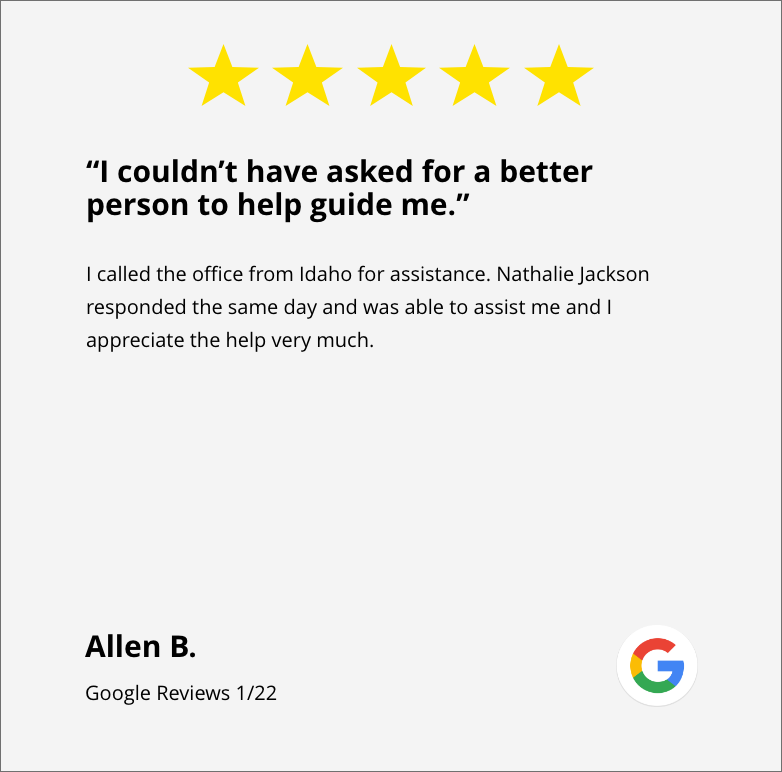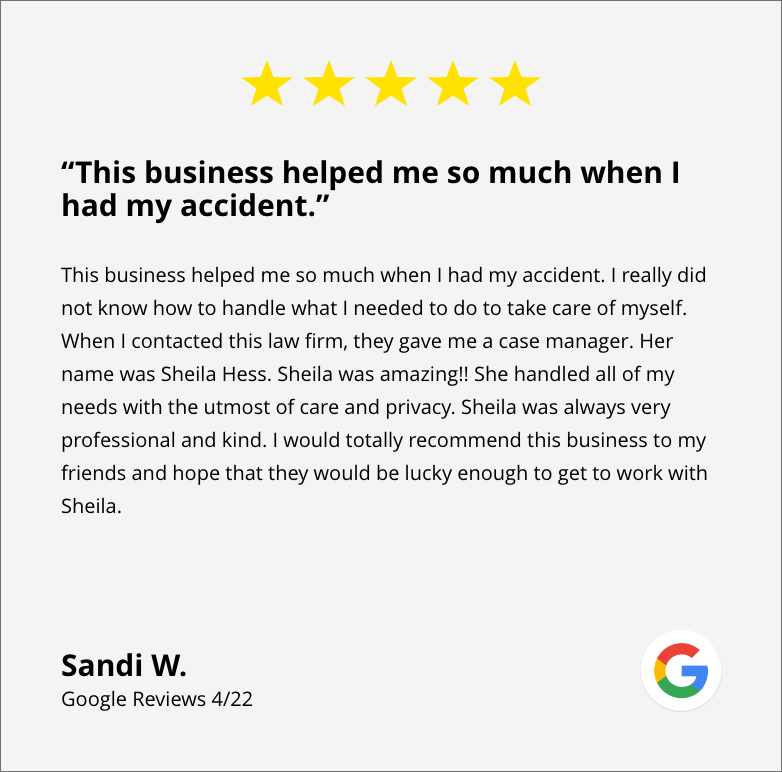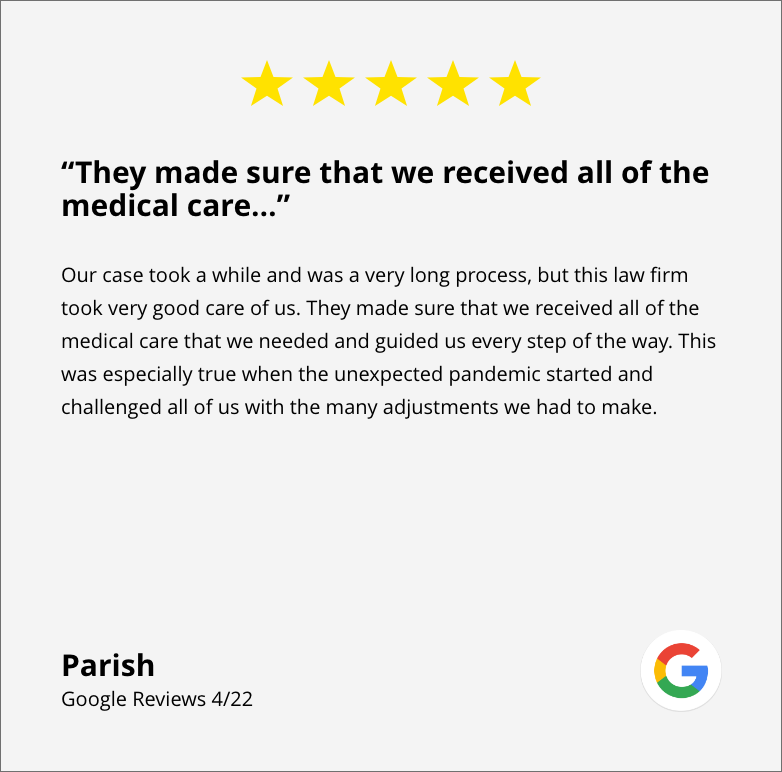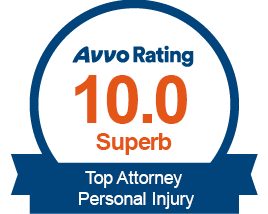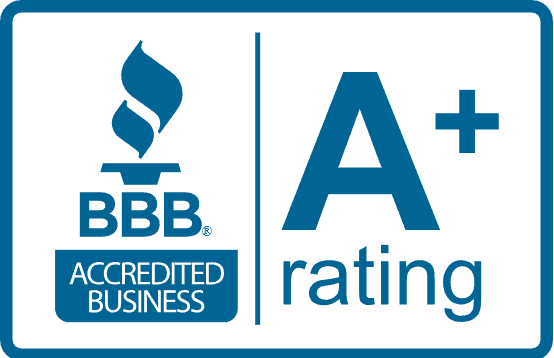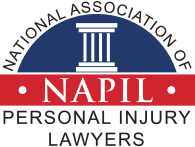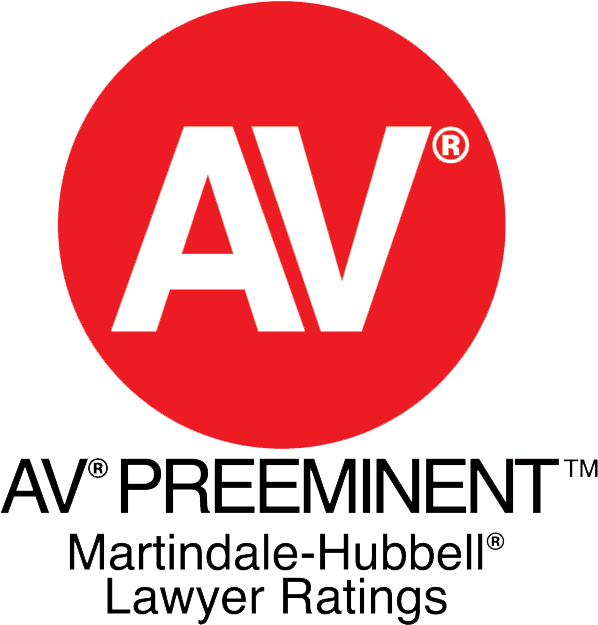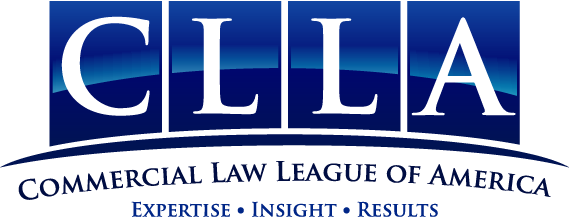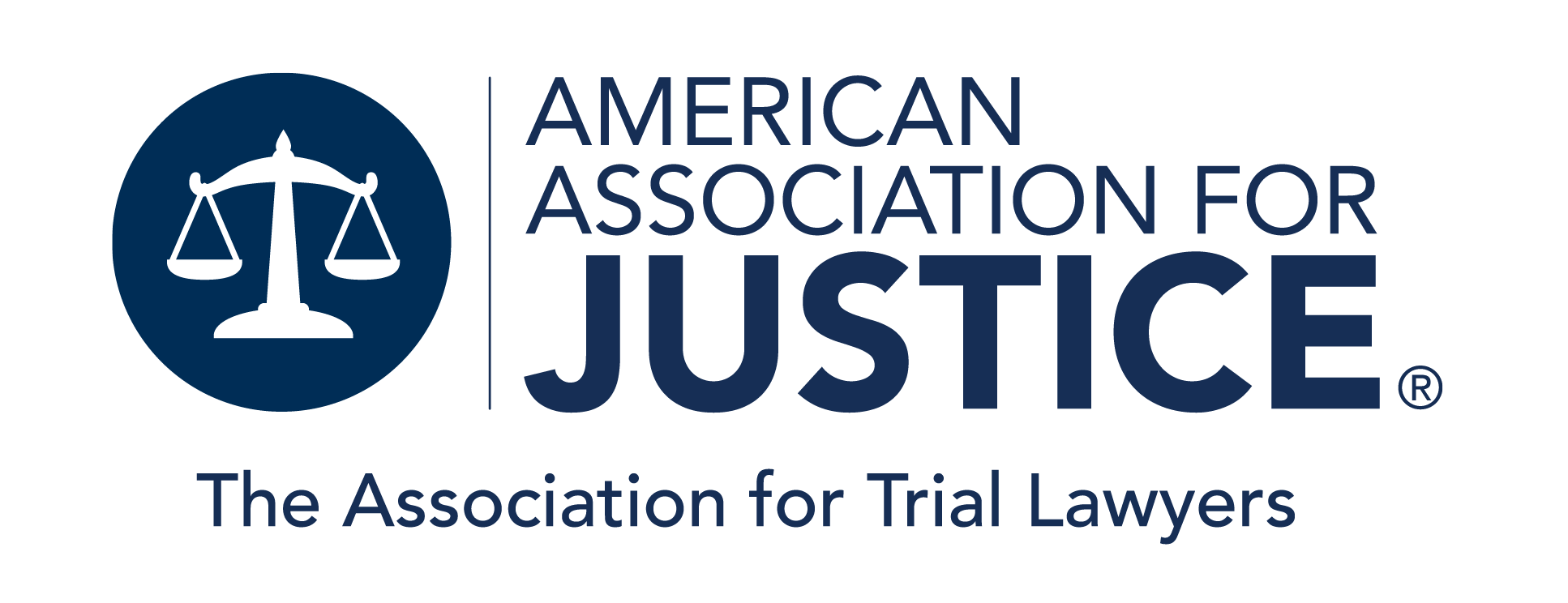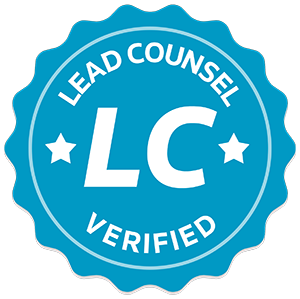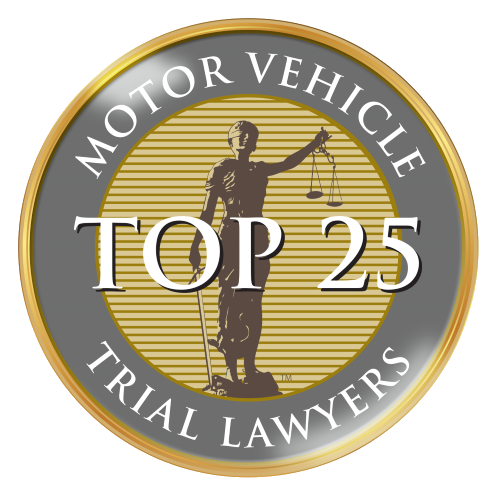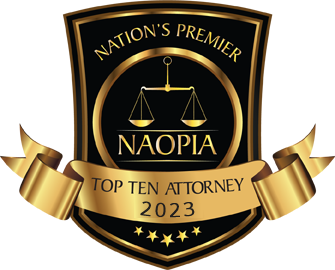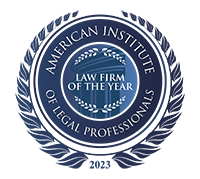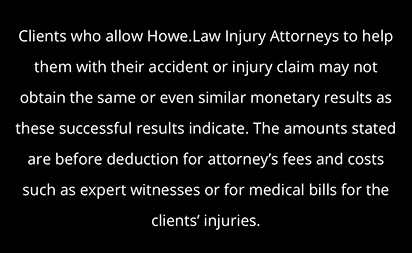A car accident might leave you with severe injuries, mounting medical debts, and other expenses you cannot afford. A lawsuit might be the best way to get you compensation for your injuries.
Car accidents can happen almost anywhere, and drivers should always be on the lookout for hazardous conditions. Car accidents often happen at intersections, red lights, and stop signs. Failing to brake or use a turn signal can easily cause a collision. Liability for your accident might lie with one other driver or several. The damages available depend on the extent of your injuries and losses, but they tend to be quite high. A lawyer can help you draft and file your complaint to kick off your lawsuit. Your attorney can also develop effective legal strategies to help you get the compensation you need and deserve.
You might need help bouncing back from a car accident, and our Georgia car accident lawyers are here to help you. For a free case evaluation, call Howe Law at (844) 876-4357.
Common Ways Car Accidents Happen in Georgia
There are countless ways that a car accident might happen, and no two accidents are the same. It is important to discuss every aspect of your accident with our experienced Georgia car accident lawyers. The way we approach your case and determine things like liability and damages depends on how and where the accident happened.
Car crashes frequently occur at intersections. Intersections may have red lights or stop signs, and drivers are legally required to come to a complete stop. Some intersections are two-way while others are four-way or involve odd combinations of roadways. If a driver fails to stop, you and other drivers might get hurt.
Rear-end accidents are also fairly common. These accidents occur when you are stopped at an intersection and the car behind you fails to brake in time, slamming into the rear of your vehicle. People sometimes try to brush off these collisions as minor fender-benders, but drivers often sustain severe injuries.
Sideswiping occurs when another vehicle tries to pass you but gets too close and violently slides against your car. Not only can you suffer significant vehicle damage, but you could even be pushed off the road or into other vehicles.
Speeding tends to factor into a lot of car accidents. Crashes are often made worse when speeding is involved. For example, if you were rear-ended at a high enough speed, you might be pushed into the intersection and then hit by other traffic.
Liability for Georgia Car Accidents
Liability for a car accident may be very obvious or hard to determine. When multiple vehicles are involved, it becomes even harder to figure out who caused the accident and who is a victim. To make matters worse, you might be dealing with defendants who insist you are the one who caused the accident. Our Georgia car accident lawyers can help you determine who caused your crash and hold them accountable in court.
In accidents involving only two vehicles, the liable party is typically the other driver. These cases are a bit less complex because there is usually only one defendant. If multiple vehicles are involved, you might only sue one person, or you might sue several. As long as each defendant contributed to the accident, you can hold them liable.
If a defendant was working when the accident happened, like a taxi or bus driver, you might be able to hold their employer vicariously liable. The employee’s negligence must be within the scope of their employment. If the employee was off duty or doing something unauthorized by their employer, the employer cannot be held vicariously liable.
Damages Available in Georgia Car Accident Lawsuit
Your damages encompass all the losses and juries you experienced because of the car accident. You should discuss damages with our Georgia car accident lawyers because nothing should be overlooked. Even multiple minor damages may add up to a significant expense. In many car accident cases, plaintiffs are left with severe injuries, mounting medical debt, and no way to pay for any of it.
Economic damages are your injuries that came at a monetary cost. One of the most common and significant forms of economic damages is medical debt. The treatment for your physical injuries from a car accident might be very expensive. Any treatment you have already received and can expect to receive in the future should be added to your economic damages.
Other economic damages include the value of damaged property, such as your vehicle. The cost to repair or replace your damaged car may be very high. You can also claim any earnings you lost because you took time off work to recover from your injuries.
Non-economic damages are more complicated to determine because they are very subjective. Your emotional and physical pain and suffering should be counted among your non-economic damages. The greater your pain and suffering impacts your life, the greater your damages.
How a Lawyer Can Help You with Your Georgia Car Accident Lawsuit
You are not legally required to hire a lawyer to help you with a personal injury lawsuit. However, personal injury lawsuits are so legally complex and mired in procedural intricacies that most plaintiffs cannot handle their case alone. Our Georgia car accident lawyers can help you throughout your lawsuit from start to finish.
A lawyer can help you jumpstart your case by drafting the initial complaint. The complaint is a crucial legal document and sets the tone for your lawsuit. The complaint must contain detailed information about you, the defendant, the car accident, and your damages.
An attorney can also help you determine liability and plan legal strategies. When liability is unclear, your lawyer can review the details of your car accident to figure out who is to blame and how much your damages are worth. Damages should be calculated as accurately as possible to maximize your compensation.
Call Our Georgia Car Accident Attorneys for Help
If you were involved in a car accident, the person or people responsible should be held accountable and made to compensate you for your injuries. Our Georgia car accident attorneys can make that happen for you. For a free case review, call Howe Law at (844) 876-4357.


